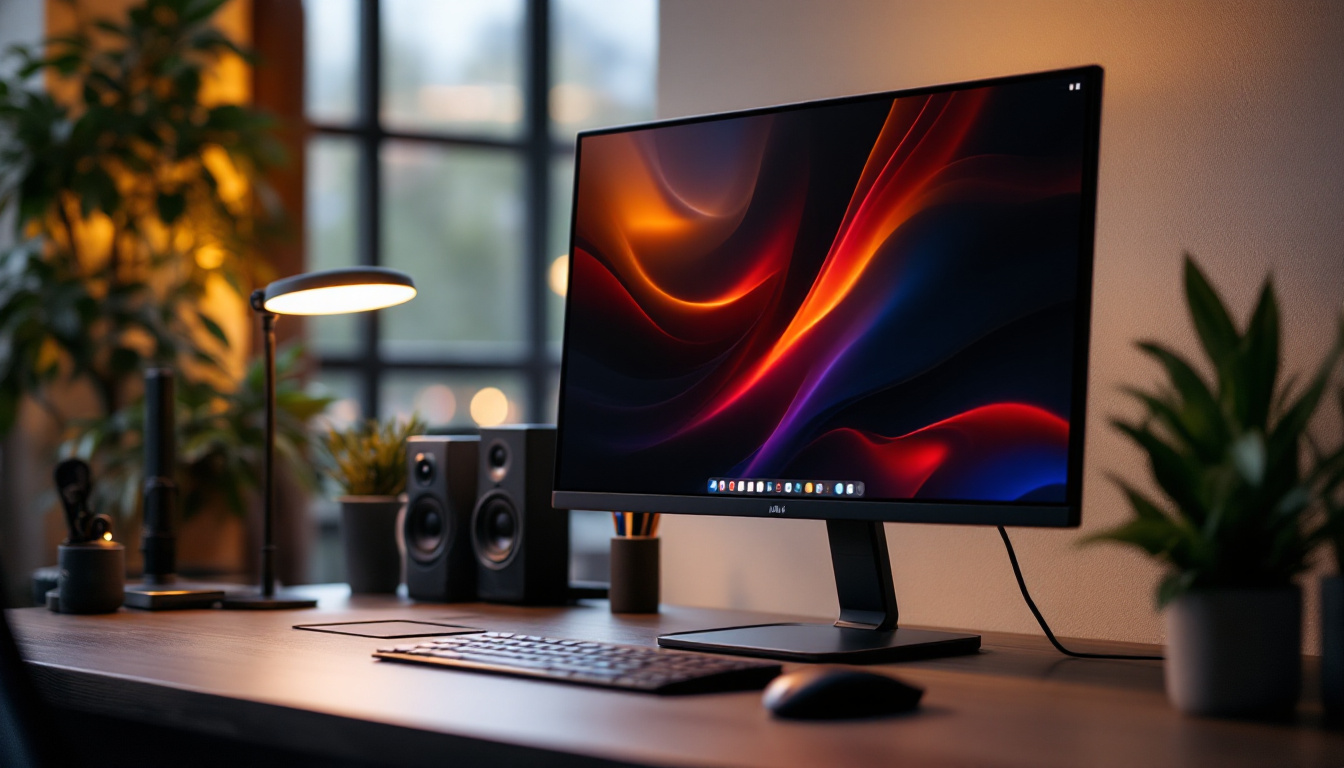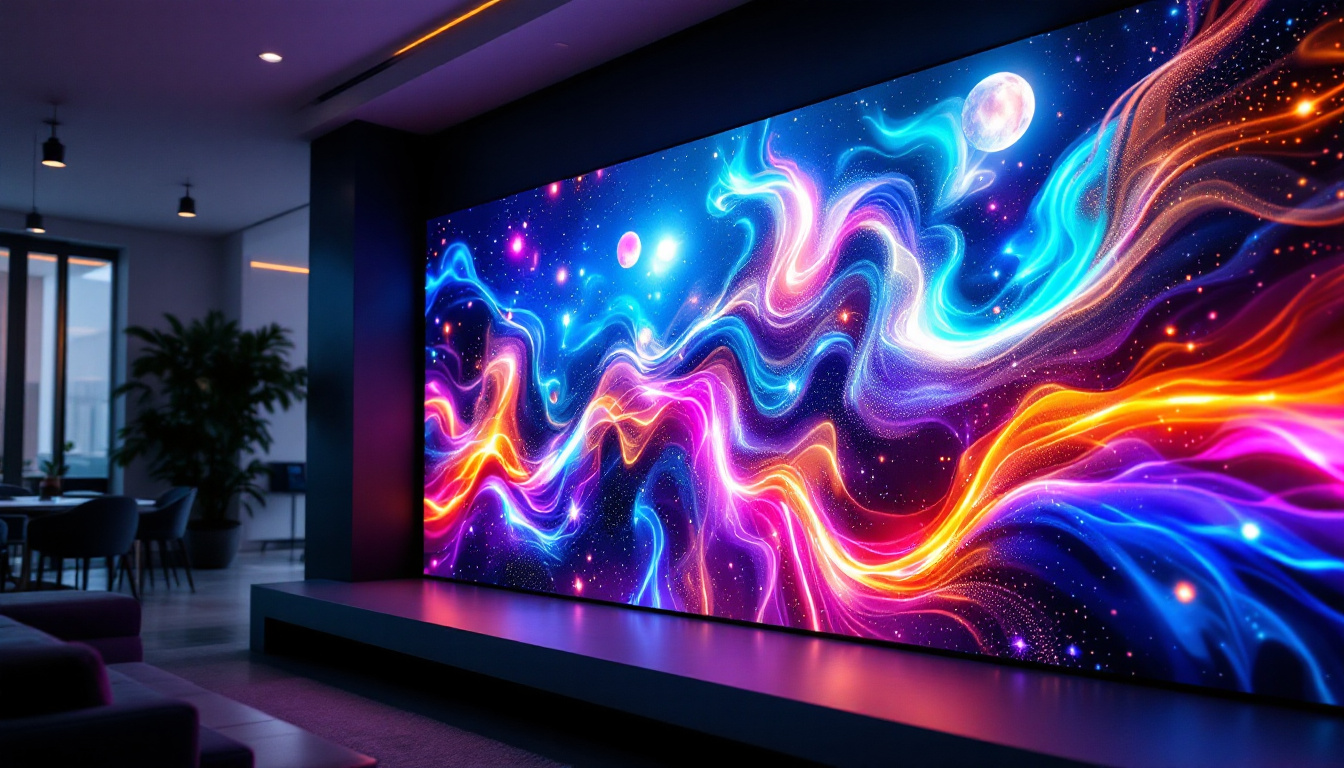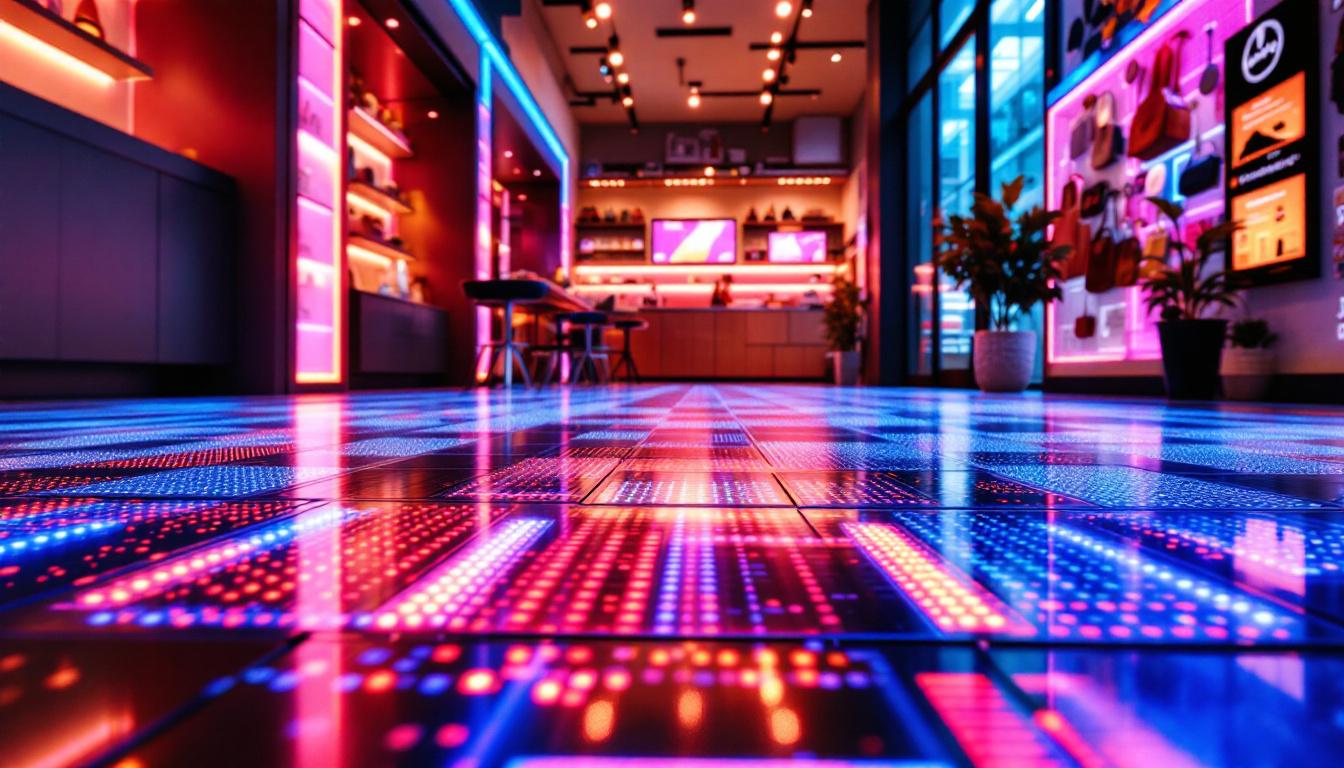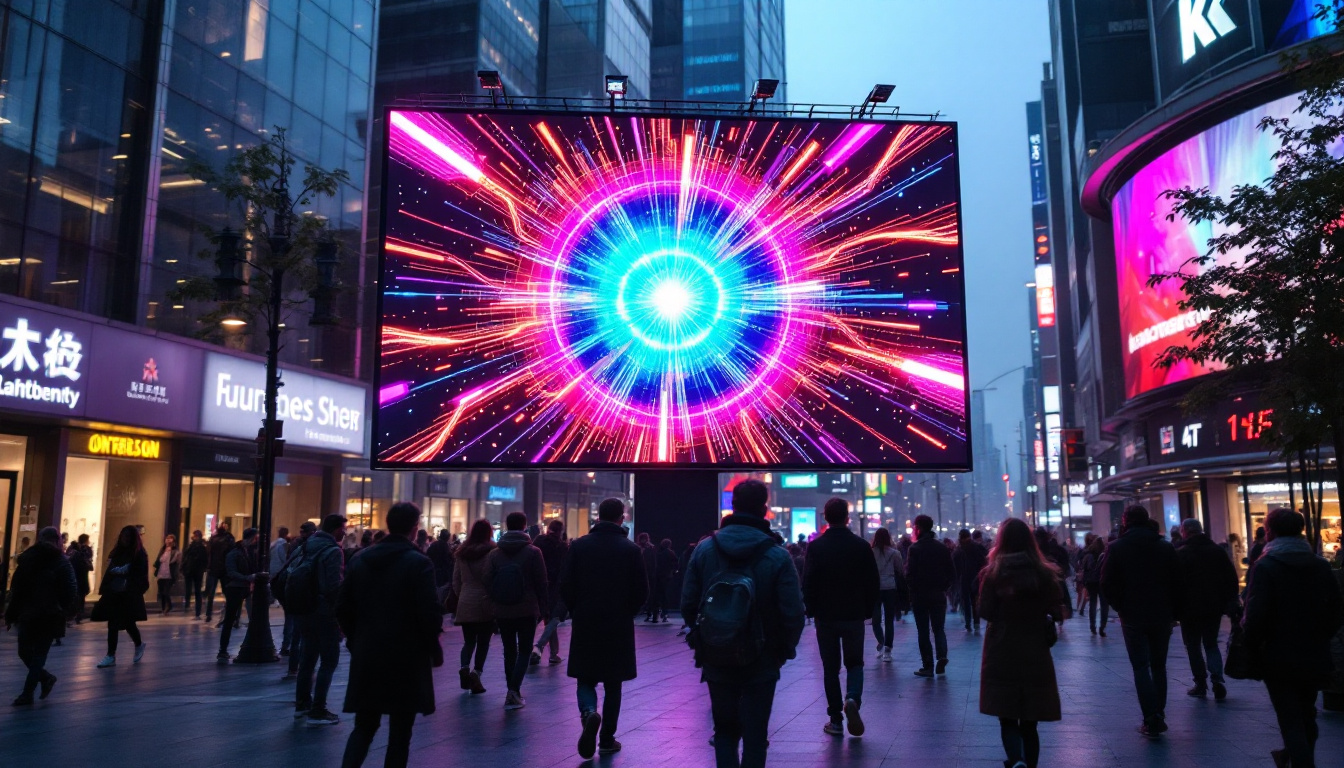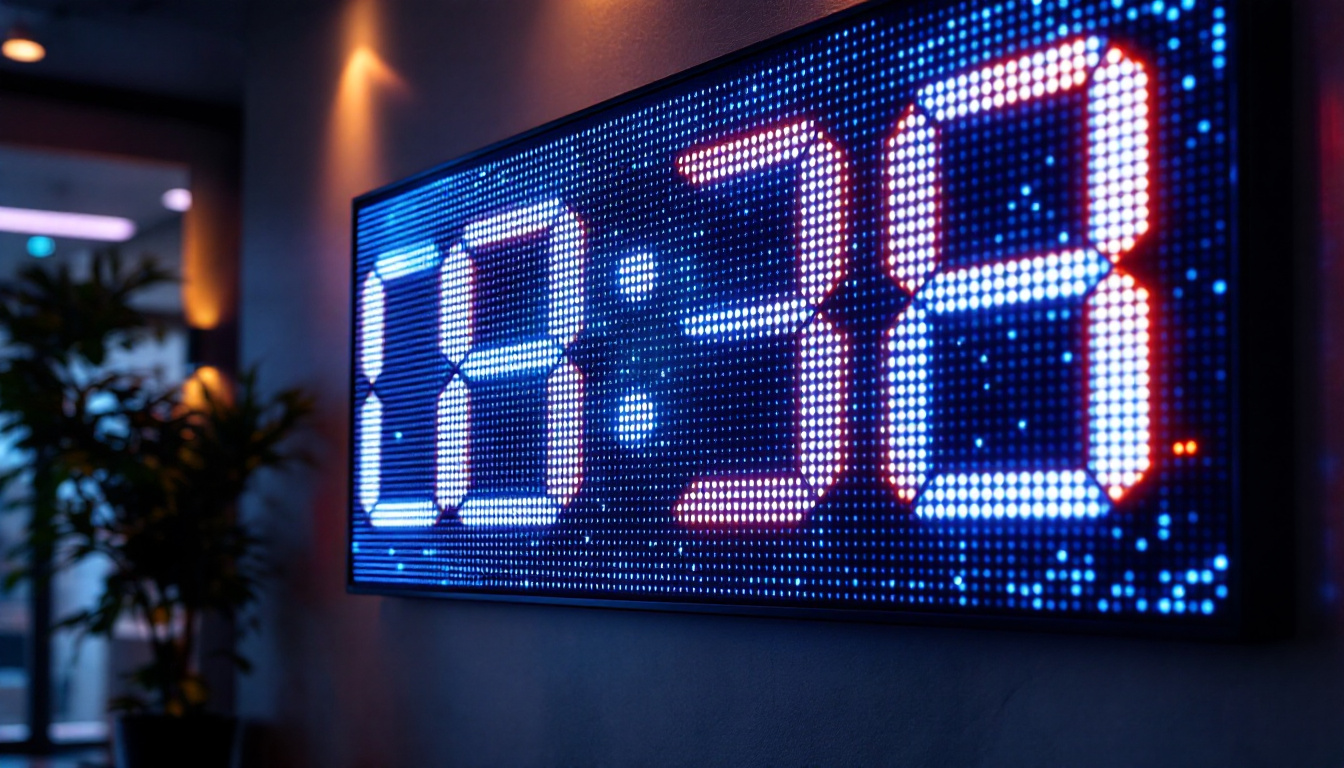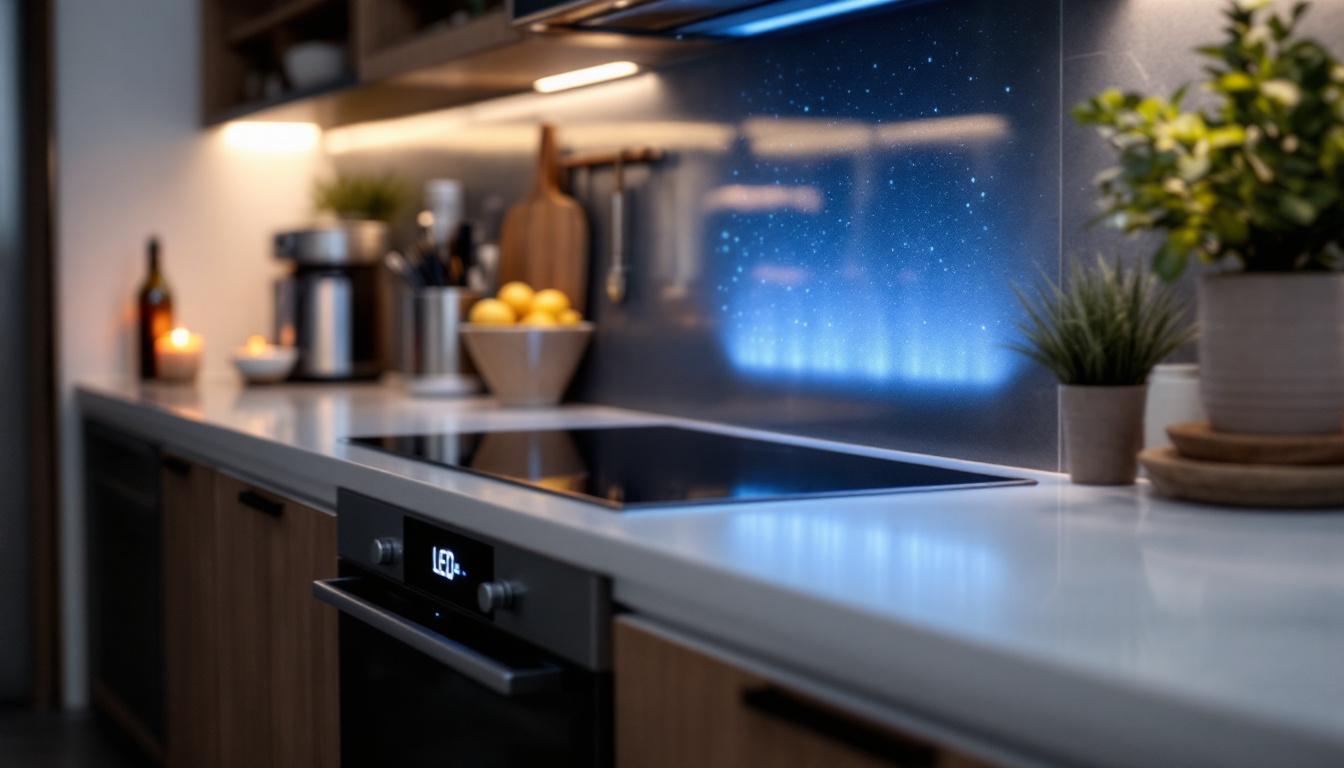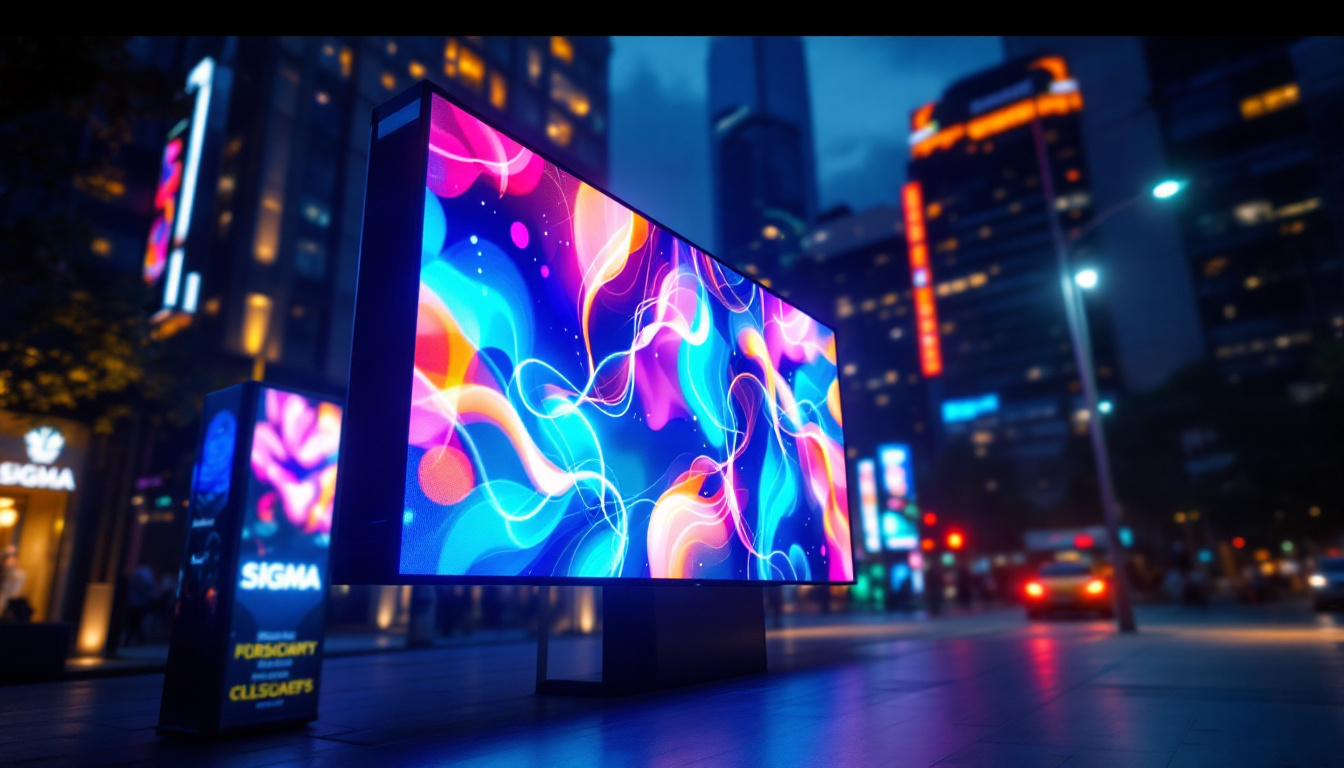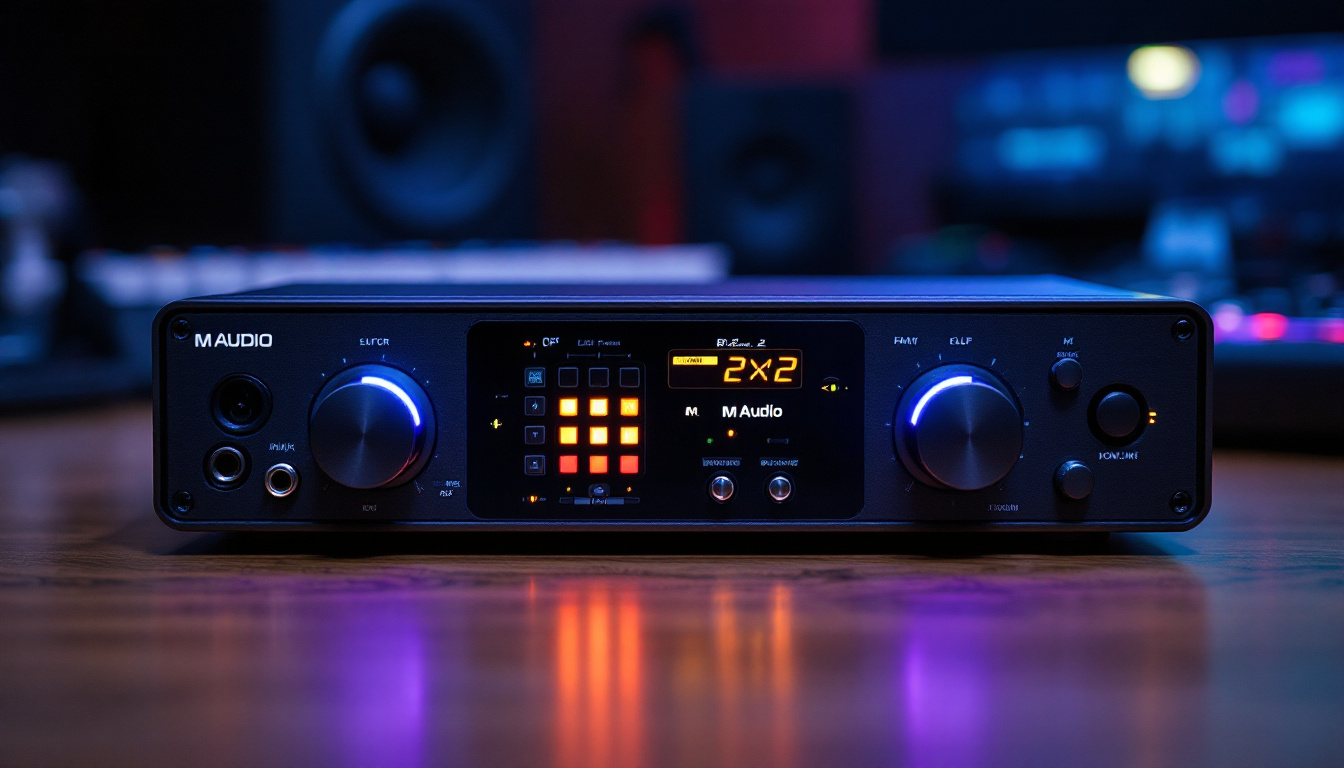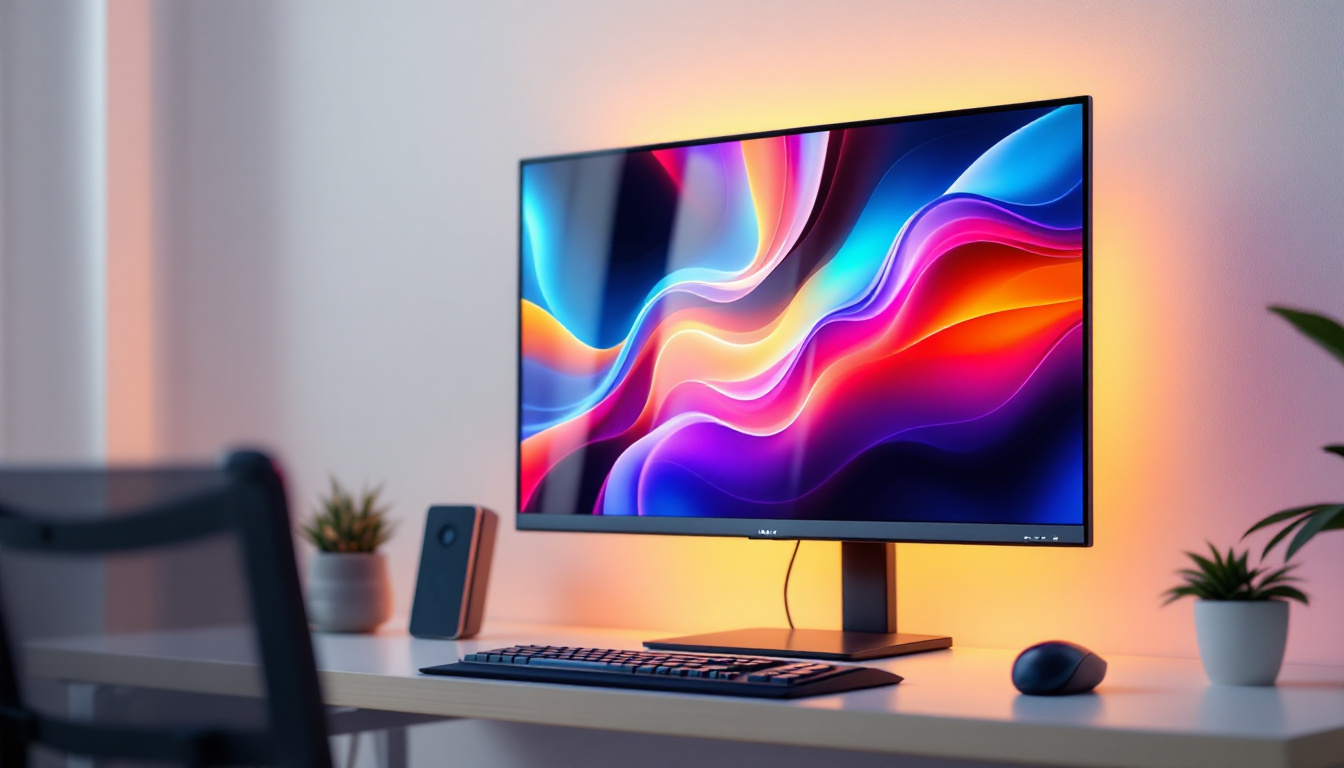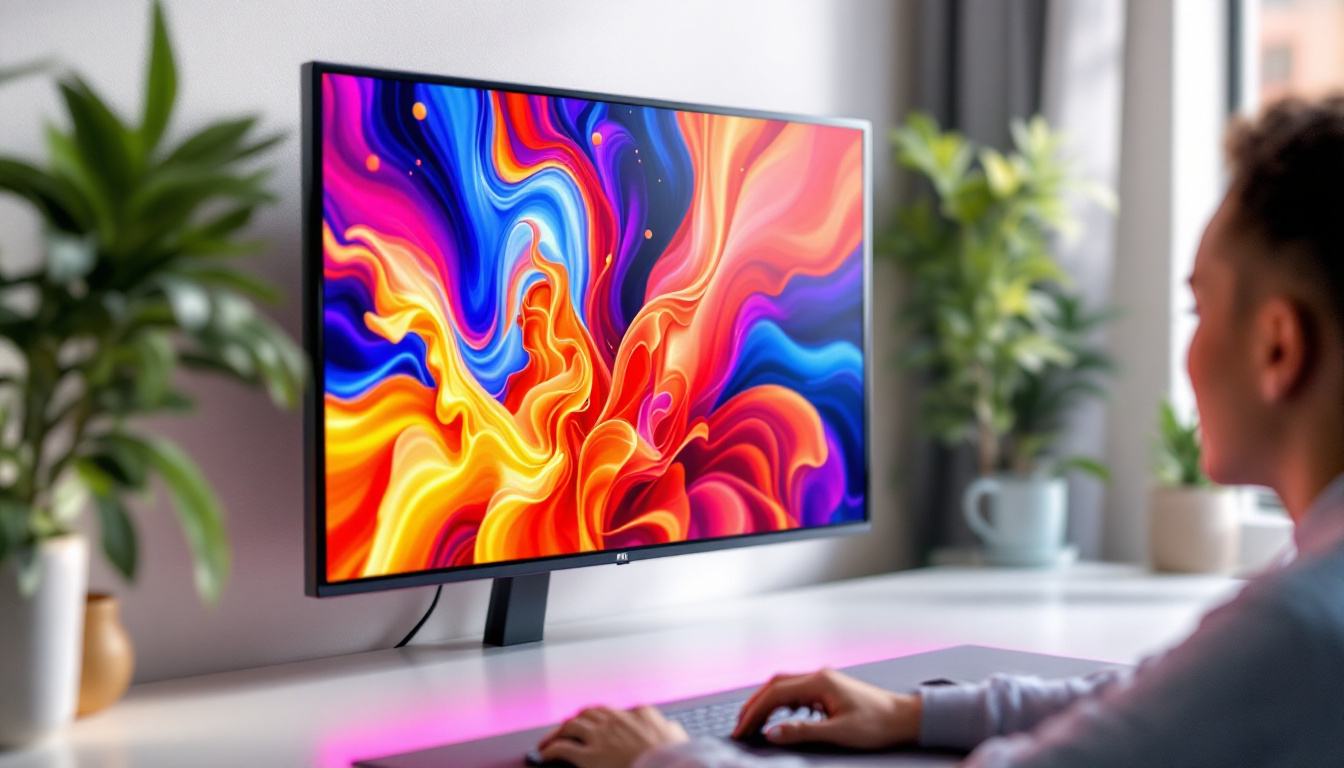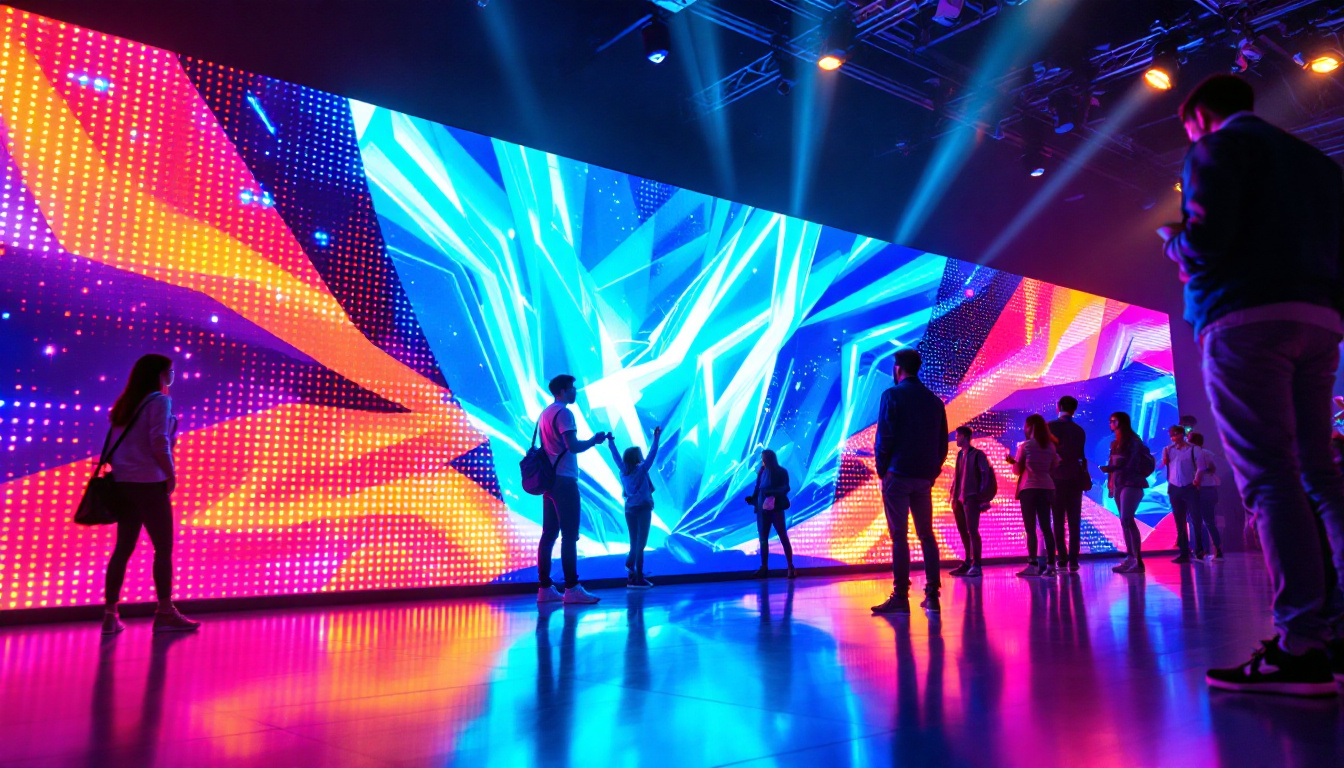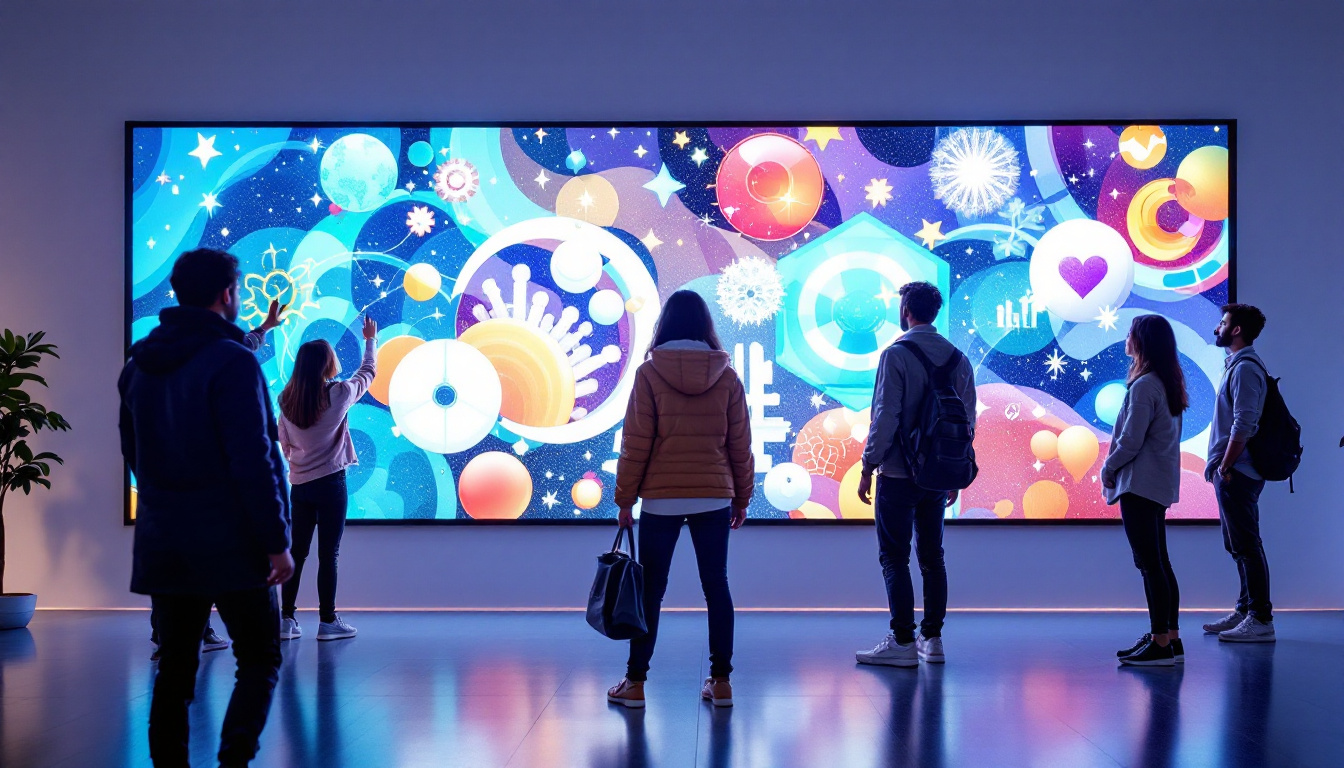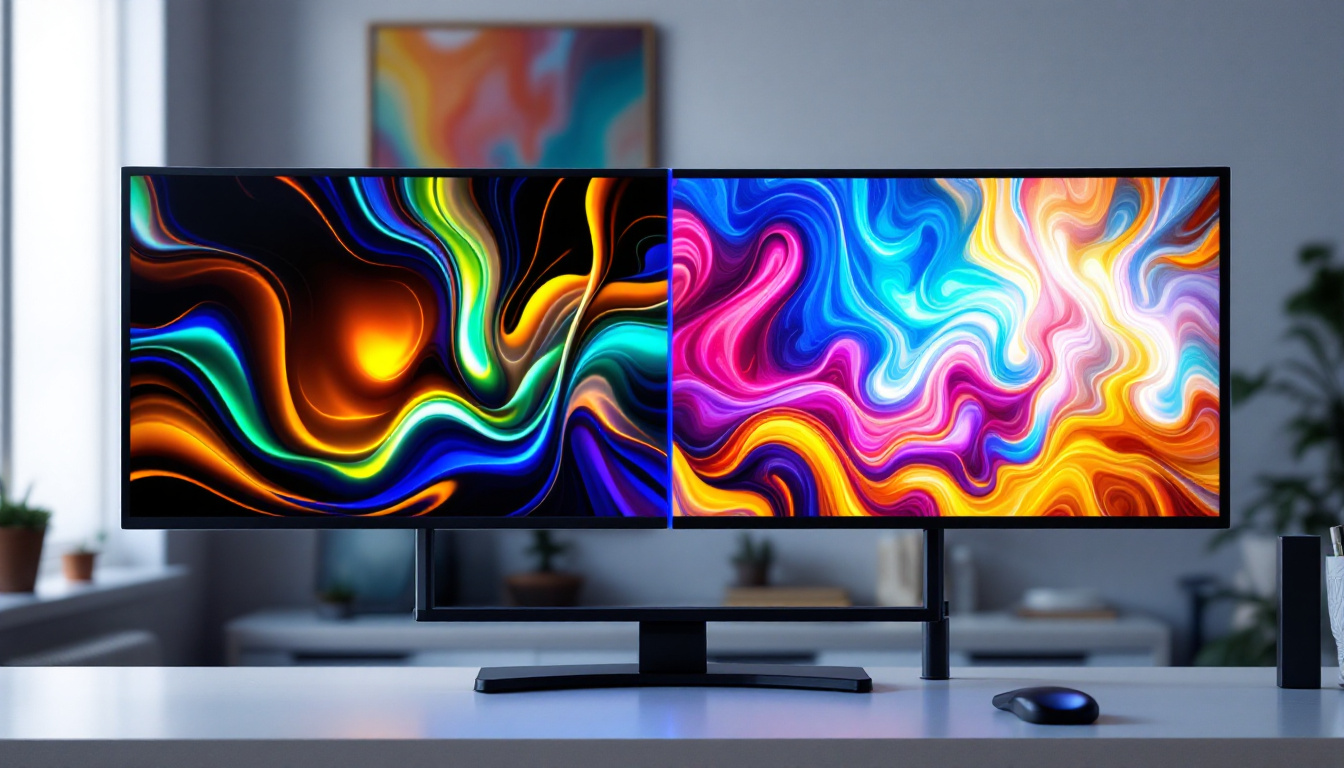In today’s digital age, the way we interact with technology has evolved significantly. One of the most crucial components of any workspace is the computer monitor, which serves as the primary interface between the user and their digital environment. As a result, having a suitable monitor stand is essential for optimizing ergonomics and enhancing productivity. This article delves into the various aspects of single computer monitor stands, particularly focusing on LED displays and their advantages.
Understanding Monitor Stands
Monitor stands come in various shapes, sizes, and designs, each tailored to meet specific user needs. A single computer monitor stand is designed to hold one monitor securely while providing adjustable height and angle options. This flexibility allows users to create a comfortable viewing experience, reducing strain on the neck and eyes. The right monitor stand can transform a standard desk setup into an ergonomic workspace, which is increasingly important in today’s remote work culture.
Types of Monitor Stands
There are several types of monitor stands available in the market, ranging from basic desktop models to more advanced adjustable stands. Desktop stands are simple and often made of plastic or metal, offering minimal adjustments. On the other hand, adjustable stands can be height-altering, tiltable, or even swivel-based, allowing for a more customized setup. Some stands even come equipped with built-in cable management systems, helping to keep cords organized and out of sight, which can further enhance the workspace’s overall tidiness.
Another popular option is the wall-mounted monitor stand, which frees up desk space and provides a clean, modern look. These stands are particularly useful in small workspaces or for those who prefer a minimalist aesthetic. Wall-mounted options can also be adjusted for optimal viewing angles, making them ideal for collaborative environments where screens need to be shared among multiple users. Additionally, there are specialized stands designed for dual or multiple monitor setups, catering to professionals who require extensive screen real estate for tasks like graphic design, programming, or data analysis.
Benefits of Using a Monitor Stand
Utilizing a monitor stand offers numerous benefits that enhance both comfort and productivity. Firstly, an adjustable monitor stand can help achieve the ideal eye level, promoting better posture and reducing the risk of musculoskeletal issues. Secondly, it can create a more organized workspace by elevating the monitor and allowing for additional storage space underneath. This extra space can be utilized for essential office supplies, such as notebooks or printers, keeping everything within reach while maintaining a clean desk surface.
Moreover, a well-designed monitor stand can improve overall aesthetics, making the workspace more visually appealing. This is particularly important for professionals who spend long hours at their desks, as a pleasant environment can significantly influence mood and productivity. Furthermore, many modern monitor stands come in a variety of finishes and styles, allowing users to select options that complement their existing decor. Whether opting for a sleek metal design or a warm wooden finish, the right monitor stand can enhance the overall ambiance of the workspace, contributing to a more enjoyable and efficient work experience.
LED Displays: The Modern Choice
LED (Light Emitting Diode) displays have gained immense popularity in recent years due to their superior performance and energy efficiency. Unlike traditional LCD monitors, LED displays use backlighting technology that enhances color accuracy and brightness, making them an ideal choice for various applications. The versatility of LED technology allows it to be used in everything from large-scale outdoor billboards to compact computer monitors, catering to a wide range of consumer needs.
Advantages of LED Monitors
One of the most significant advantages of LED monitors is their energy efficiency. They consume less power compared to traditional displays, which not only reduces electricity bills but also contributes to environmental sustainability. Additionally, LED monitors typically have a longer lifespan, making them a more cost-effective option in the long run. Many manufacturers also incorporate features such as automatic brightness adjustment, which further optimizes energy consumption based on ambient light conditions.
Another notable benefit is the improved color reproduction and contrast ratios. LED displays provide deeper blacks and brighter whites, resulting in a more vibrant and immersive viewing experience. This feature is particularly beneficial for graphic designers, photographers, and gamers who require precise color accuracy. Furthermore, advancements in technology such as HDR (High Dynamic Range) support have elevated the viewing experience even further, allowing for a broader spectrum of colors and enhanced detail in both shadows and highlights.
Choosing the Right LED Monitor
When selecting an LED monitor, several factors should be considered to ensure it meets individual needs. Firstly, screen size and resolution are crucial. Larger screens with higher resolutions provide a better viewing experience, especially for multitasking or creative work. Common resolutions include Full HD (1920×1080), Quad HD (2560×1440), and 4K (3840×2160). For those who often work with multiple applications open simultaneously, ultra-wide monitors have also become increasingly popular, offering expansive screen real estate that enhances productivity.
Additionally, it is essential to consider the refresh rate and response time, particularly for gaming or fast-paced applications. A higher refresh rate results in smoother motion, while a lower response time reduces blurring during fast-moving scenes. Gamers, in particular, may want to look for monitors with refresh rates of 144Hz or higher, as this can significantly enhance their gaming experience. Connectivity options are also important; modern LED monitors often come equipped with multiple HDMI and DisplayPort inputs, allowing for easy connection to various devices, including gaming consoles, laptops, and desktop computers.
Ergonomics and Health Considerations
Ergonomics plays a vital role in maintaining health and well-being in the workplace. Poor posture and improper monitor placement can lead to various health issues, including neck pain, back pain, and eye strain. Therefore, investing in a quality monitor stand and an appropriate LED display is essential for creating a healthy workspace. Moreover, the overall design of the workspace, including chair height, desk layout, and even lighting, can significantly influence an individual’s comfort and productivity levels throughout the day.
Optimal Monitor Height and Distance
To achieve optimal ergonomics, the top of the monitor screen should be at or just below eye level. This positioning allows users to maintain a neutral neck position while working. Additionally, the monitor should be placed approximately an arm’s length away to reduce eye strain. It’s also important to ensure that the screen is tilted slightly back, which can help reduce glare from overhead lighting and windows, further enhancing visual comfort.
Adjustable monitor stands are particularly beneficial in this regard, as they allow users to customize their setup according to their height and preferences. This flexibility can significantly enhance comfort during prolonged computer use. Furthermore, using dual monitors can be advantageous for multitasking, but it is crucial to position them properly to avoid excessive head turning, which can lead to strain on the neck and shoulders. Ensuring that both monitors are at the same height and distance can help maintain a more ergonomic setup.
Reducing Eye Strain
In addition to proper monitor placement, it is essential to consider factors that contribute to eye strain. LED displays often come with features such as blue light filters and flicker-free technology, which can help reduce fatigue during extended use. Users should also take regular breaks and practice the 20-20-20 rule: every 20 minutes, look at something 20 feet away for at least 20 seconds. This simple practice can help alleviate the symptoms of digital eye strain, which can include dryness, irritation, and blurred vision.
Moreover, the ambient lighting in the workspace plays a crucial role in reducing eye strain. Natural light is ideal, as it minimizes glare and provides a more comfortable viewing experience. If natural light is limited, consider using adjustable desk lamps with soft, diffused light to create a balanced lighting environment. Additionally, ensuring that the monitor’s brightness is appropriately set to match the surrounding light levels can further enhance visual comfort and reduce the risk of eye fatigue. Regular eye exams are also recommended to monitor any changes in vision and to ensure that corrective measures, such as glasses or contact lenses, are up to date.
Setting Up Your Workspace
A well-organized workspace can significantly impact productivity and focus. When setting up a computer monitor stand and LED display, consider the following tips to create an efficient environment.
Decluttering Your Desk
Begin by decluttering your desk to create a clean and organized workspace. Remove any unnecessary items and keep only essential tools within reach. A tidy desk not only enhances focus but also contributes to a more pleasant working atmosphere.
Utilizing cable management solutions can further enhance organization. Keeping cables neatly arranged and out of sight can create a more professional appearance and reduce distractions.
Personalizing Your Setup
Incorporating personal touches into your workspace can make it feel more inviting. Consider adding plants, artwork, or motivational quotes to create an environment that inspires creativity and productivity. Personalization can also enhance mood, making long hours at the desk more enjoyable.
Conclusion
In conclusion, a single computer monitor stand paired with a high-quality LED display can significantly enhance the overall workspace experience. By understanding the various types of monitor stands, the advantages of LED technology, and the importance of ergonomics, users can create a comfortable and productive environment.
Investing in the right equipment not only promotes better posture and reduces health risks but also enhances productivity and creativity. As technology continues to evolve, staying informed about the latest advancements in monitor stands and displays will ensure that users can make the most of their digital experiences.
Ultimately, the combination of a well-designed monitor stand and a superior LED display can transform any workspace into a hub of efficiency and inspiration, paving the way for success in both personal and professional endeavors.
Enhance Your Workspace with LumenMatrix
Ready to elevate your workspace with the ultimate LED display technology? Look no further than LumenMatrix, a pioneer in crafting immersive visual experiences through innovative LED display modules. From the comfort of your ergonomic setup with a single computer monitor stand, imagine the impact of integrating an Indoor LED Wall Display, or the dynamic presence of an Outdoor LED Wall Display. Whether it’s for advertising on the move with a Vehicle LED Display, creating engaging presentations with an LED Poster Display, or making every game more thrilling with an LED Sports Display, LumenMatrix has the solution. Discover the transformative power of LED displays in your professional environment. Check out LumenMatrix LED Display Solutions today and redefine the way you communicate visually.

